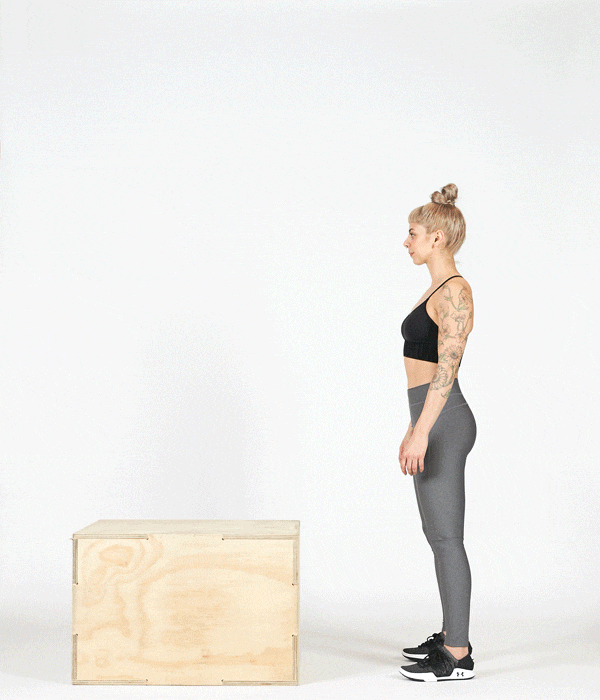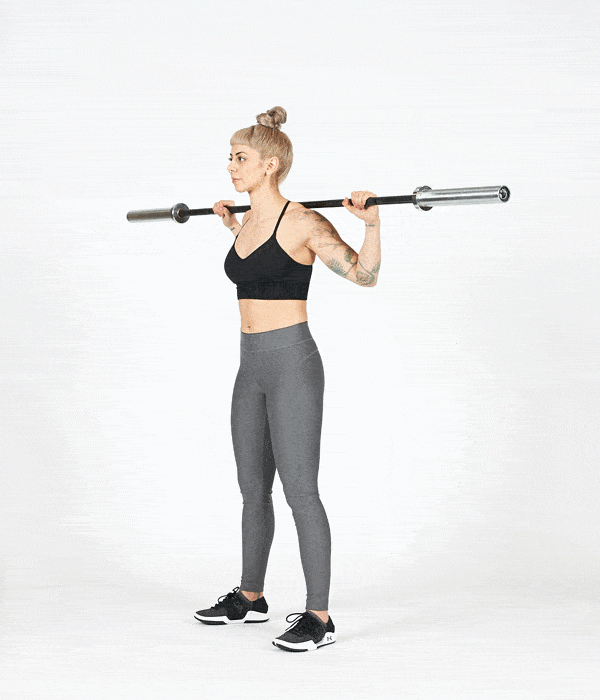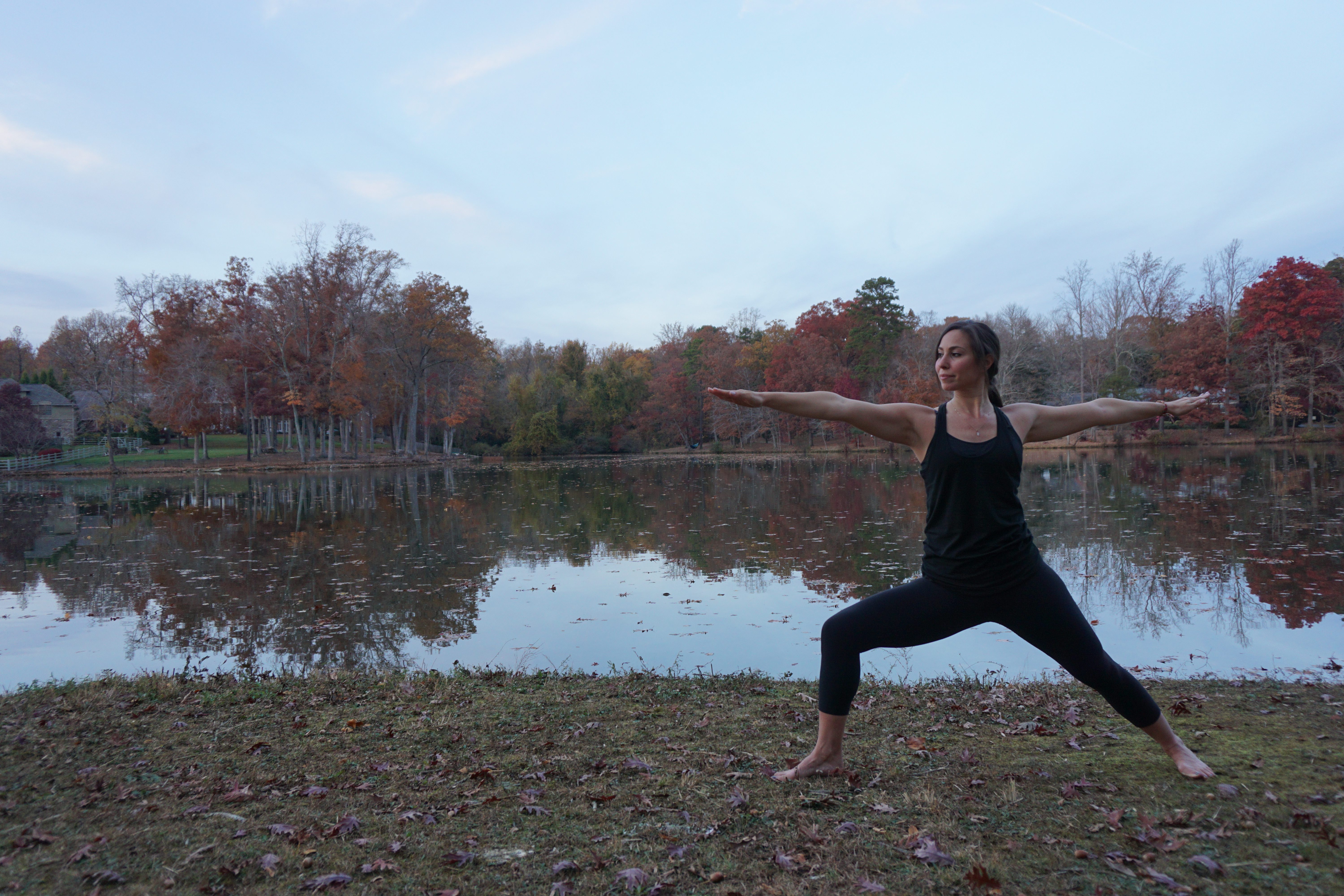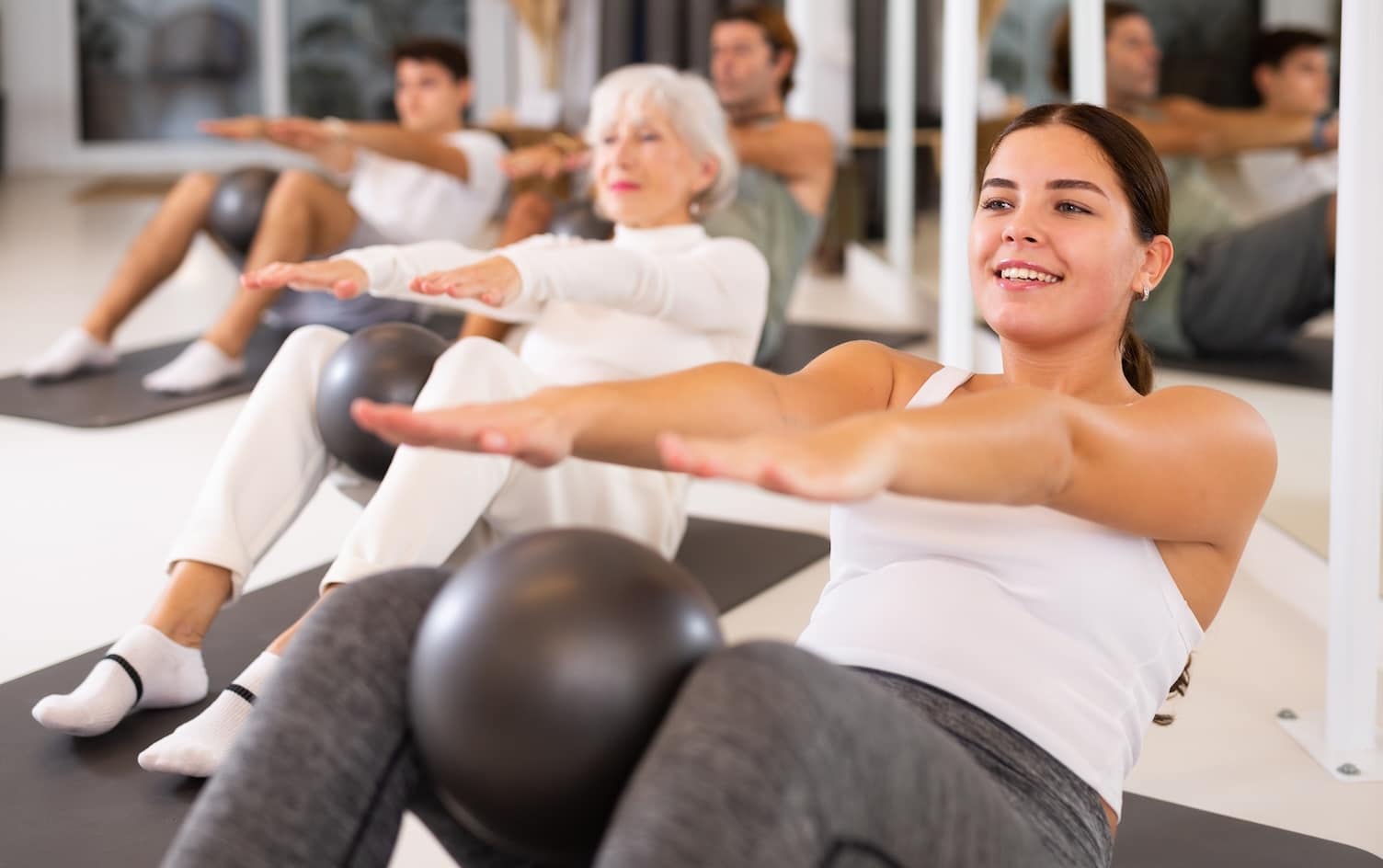Research has shown exercise is beneficial for increasing and maintaining bone density. However, knowing which exercises are the best at bone building requires a quick dip into recent research.
As a living and evolving tissue, our bones are constantly remodeling. Specialized bone cells called osteoclasts absorb bone tissue such as calcium (think of the “c” in osteoclasts for calcium), and osteoblasts deposit new bone cells (“b” for building in osteoblasts). One of the roles of estrogen is to inhibit osteoclasts, thus as estrogen levels decline post-menopause, more bone is lost than produced. If an individual’s bone mineral density drops too low, they are diagnosed with osteopenia or osteoporosis.
Exercises, especially those outlined below, are key at any stage of life to prevent or reverse low bone mineral density. Bone development is at its greatest during the teen years and up through about age 30. This is a key time for younger athletes to focus on resistance, impact and high-intensity interval training to lay a strong foundation. As we age, exercise is just as important to maintain strong bones.
SAFETY
With any exercise, it is essential to understand the proper movement patterns and alignment before adding load, speed or impact. Before attempting the below exercises, consider working with a certified personal trainer or physical therapist to ensure safety.
Also, for those with a T-Score (the amount your bone density differs from that of an average 30-year-old) of -3.0 or less, jumping is not recommended unless under the supervision of a medical professional.
IMPACT/PLYOMETRICS
One of the best ways to increase bone mineral density, especially in your hips, is jumping. Jumps create a micro bend in the bone, thus stimulating a series of physiological reactions to strengthen that bone in response.
EXERCISE TO TRY: BOX JUMPS

Find a stable plyo box, step or bench no higher than knee height. Hinge at the hips, drive the arms upward and explode onto the box. With your feet about shoulder-width apart and toes pointing forward, absorb the landing with bent knees and soft hips. Step down carefully and repeat.
LIFTING HEAVY
Like muscles, bone responds to an external stimulus and gains strength and mass as needed. The greater the amount of weight lifted, the more tendons pull on the bone, thus the more the bone responds and deposits minerals to add density and strength.
EXERCISE TO TRY: BARBELL BACK SQUATS

With your feet slightly wider than shoulder-width apart, drop your hips down and back, being sure to keep your back angle and shin angle parallel to one another. Place the barbell just beneath your neck so it rests on the “squishy” parts of your shoulders. Choose a depth that is both challenging and safe for your knees and hips. Engage your glutes and drive up from the floor.
CLICK TO TWEET THIS ARTICLE > Increase and maintain bone density with these three exercises from @myfitnesspal. #myfitnesspal
SOMETHING IS BETTER THAN NOTHING
Although bones tend to respond to greater stimuli like impact and heavy weightlifting, almost any exercise will still aid in maintaining and building bone density at some level. One study found a daily 12-minute yoga routine significantly improved bone mineral density in its participants. The moral of the story is do what you can safely and continue to strive for more as you progress.
EXERCISE TO TRY: WARRIOR II POSE

Step your right foot forward so your feet are 3–4 feet apart, with your right foot pointing forward and your left (back) foot at a 90-degree angle. Bend your right knee, align it over your right ankle and extend your arms into a T-position. Strengthen your left leg by anchoring your left heel into your mat. Gaze over your right fingertips for 5–10 breaths and repeat on the other side.
HIGH-INTENSITY INTERVAL TRAINING (HIIT)
It’s not only the individual exercises but the type of training you do with the exercises that counts. High-intensity interval training, or completing intense intervals followed by scheduled recoveries, releases more growth hormone from the pituitary gland than traditional long, slow-duration cardio exercises. This release of growth hormone stimulates bone growth.
Never done HIIT before? We’ve got your back. Start with our Beginner’s Guide to HIIT, or build your own workout with this “Starting From Zero with HIIT” article.
THE BOTTOM LINE
The moral of the story is do what you can safely and continue to strive for more as you progress. Plyometrics, loaded movement and high-intensity interval training have been proven to be the most effective way to maintain and add bone mineral density, but remember safety and proper movement patterns are key with more intense training.
Ready to take the next step? Unlock MyFitnessPal Premium to access custom goal settings, quick-log recipes, and guided plans from a registered dietitian. Premium users are 65% more likely to reach their weight loss goals!




